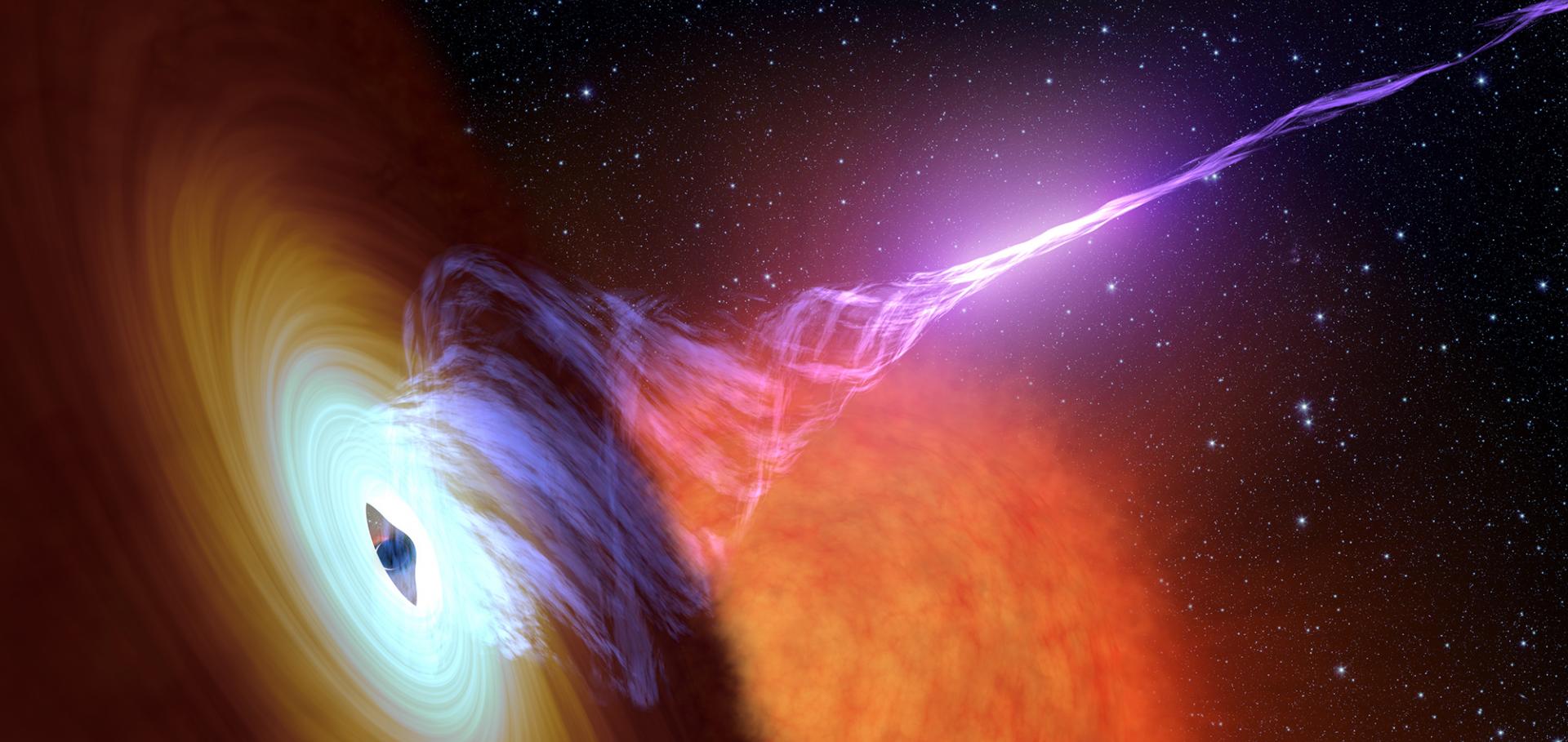Discovery of a radio emitting neutron star with an ultra-long spin period of 76 seconds
(2022)
A Multiwavelength Study of GRS 1716-249 in Outburst: Constraints on Its System Parameters
The Astrophysical Journal American Astronomical Society 932:1 (2022) 38
Discovery of a radio-emitting neutron star with an ultra-long spin period of 76 s
Nature Astronomy Springer Nature 6:7 (2022) 828-836
Abstract:
The radio-emitting neutron star population encompasses objects with spin periods ranging from milliseconds to tens of seconds. As they age and spin more slowly, their radio emission is expected to cease. We present the discovery of an ultra-long period radio-emitting neutron star, PSR J0901-4046, with spin properties distinct from the known spin and magnetic-decay powered neutron stars. With a spin-period of 75.88 s, a characteristic age of 5.3 Myr, and a narrow pulse duty-cycle, it is uncertain how radio emission is generated and challenges our current understanding of how these systems evolve. The radio emission has unique spectro-temporal properties such as quasi-periodicity and partial nulling that provide important clues to the emission mechanism. Detecting similar sources is observationally challenging, which implies a larger undetected population. Our discovery establishes the existence of ultra-long period neutron stars, suggesting a possible connection to the evolution of highly magnetized neutron stars, ultra-long period magnetars, and fast radio bursts.VLBI observations of GRB 201015A, a relatively faint GRB with a hint of Very High Energy gamma-ray emission
(2022)
Discovery of optical and infrared accretion disc wind signatures in the black hole candidate MAXI J1348-630
(2022)


